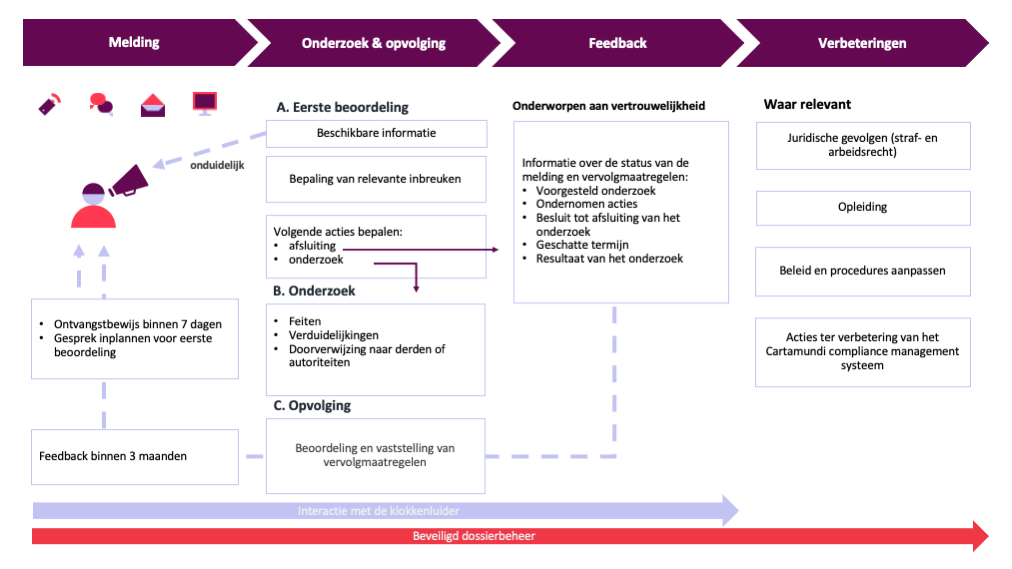Cartamundi - Speak Up Informatie
Visit cartamundi.com
Or choose your country
- Belgium
Cartamundi Turnhout NV - Belgium
Cartamundi Services NV/SA – Headquarters - Belgium
Cartamundi – Digital NV - Belgium
Cartamundi NV/SA – Headquarters - Brazil
- France
- Germany
Königsfurt Urania Verlag GmbH - Germany
Spielkartenfabrik Altenburg GmbH - Hungary
- India
- Italy
- Japan
- Netherlands
- Poland
- Singapore
- Spain
Naipes Heraclio Fournier, S.A. - Spain
Cartamundi España, S.L. - Sweden
- Switzerland
- United Kingdom
- North America
The United States Playing Card Company - North America
Cartamundi North America East Longmeadow LLC
Search
